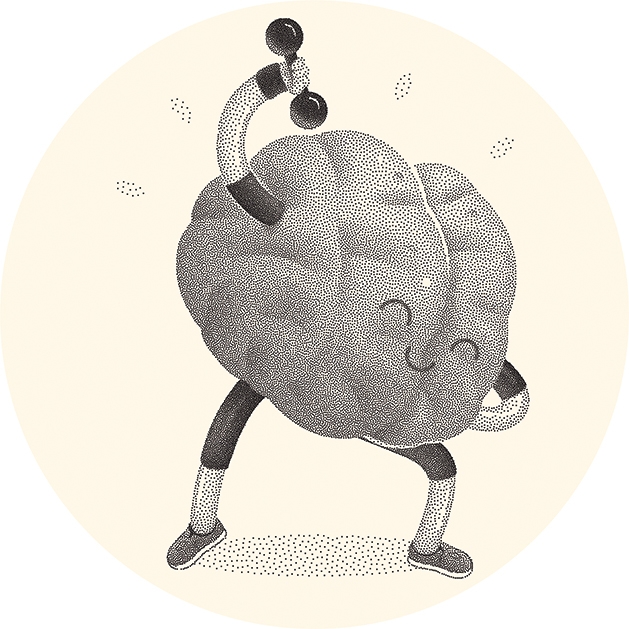
“I can do it,” I always say. But getting the motivation to exercise every day can be challenging. Luckily, it gets easier over time and is directly linked to significant neurological payoffs that last for decades.
Neuroplasticity is the ability of your brain to change over time, but it decreases with age. Exercise can keep it strong and healthy, and delay the onset of neurological disorders, like dementia or Alzheimer’s disease.
The science of neuroplasticity:
- The temporal lobes, located on each side of the brain, both contain the hippocampus, which is responsible for creating and preserving long-term explicit memories; things you can declare and have to consciously process.
- The prefrontal cortex, located behind your forehead, is responsible for decision making and personality traits; it also works with the hippocampus to store explicit memories.
- The brain structure that exercise enhances are most susceptible to neurodegenerative diseases.
Aerobic exercise
According to Wendy Suzuki, a New York University neuroscientist, aerobic exercise that increases your heart rate is the most beneficial to reap the long-term dividends of physical activity.
To reap those benefits, complete aerobic exercises—walking, running, cycling, swimming—at least three (or four) times a week, 30–40 minutes each time.
Maintain motivation
Staying motivated is challenging for anyone. Here are a few ways to stay motivated:
- Shape your behavior. Set attainable goals that give satisfaction of completion afterward.
- Reward yourself. Use positive reinforcements to increase the likelihood of your desired behavior, in this case: exercise.
Mike Lewis is the owner of 3P Boxing 24/7 and a certified trainer through the National Academy of Sports Medicine.
3pboxing247.com // 651.467.5183









